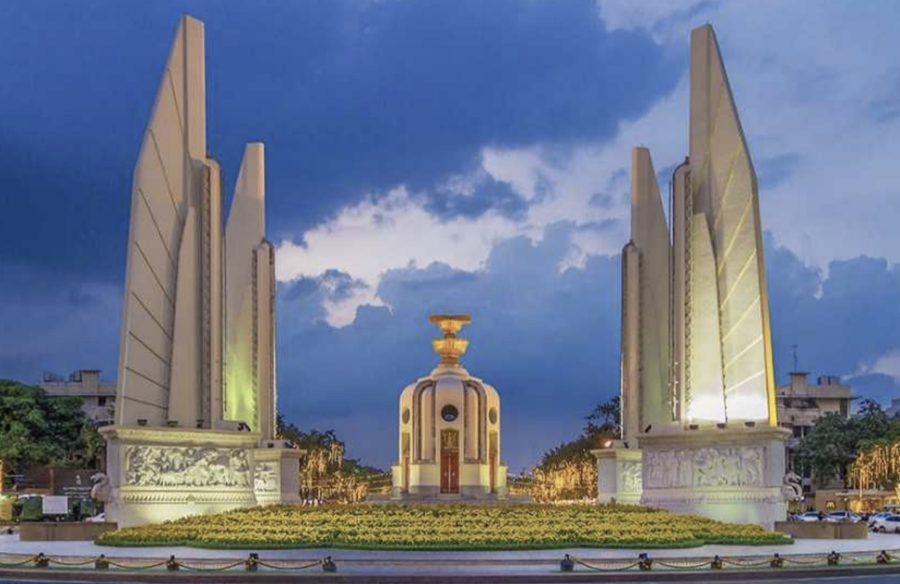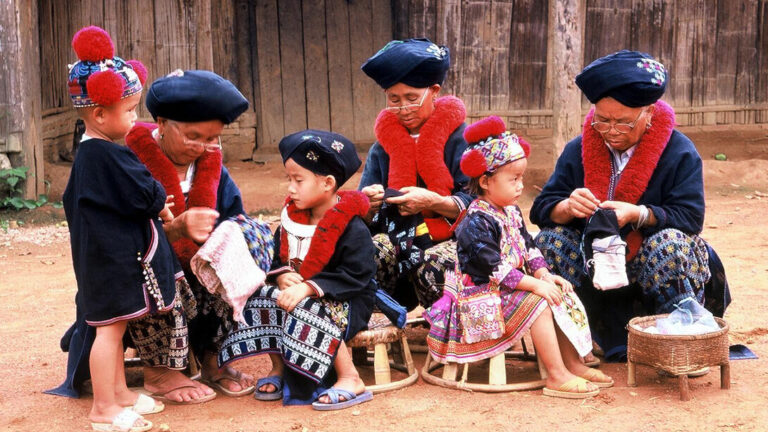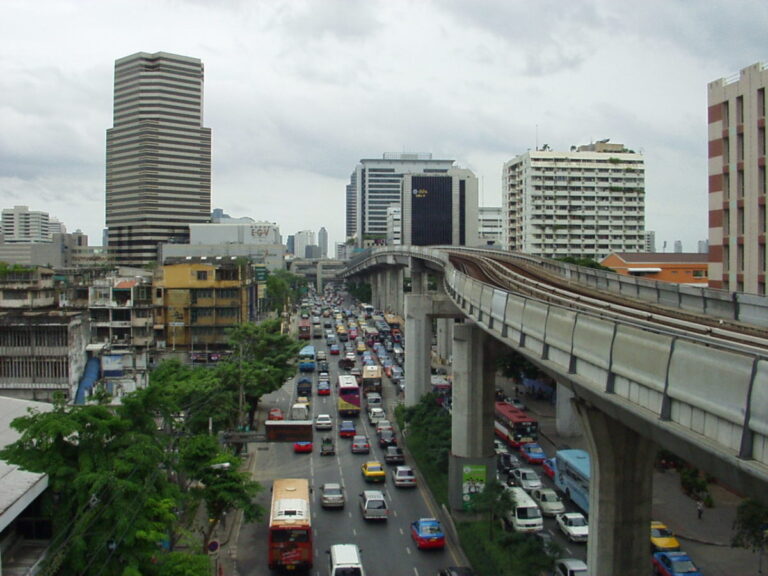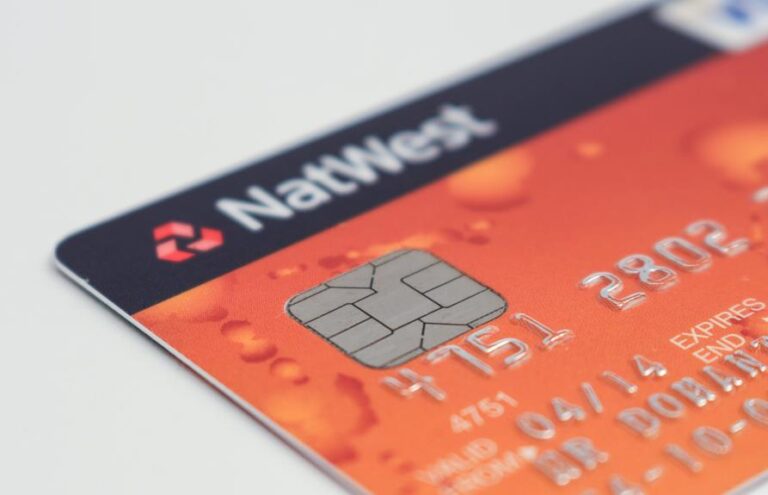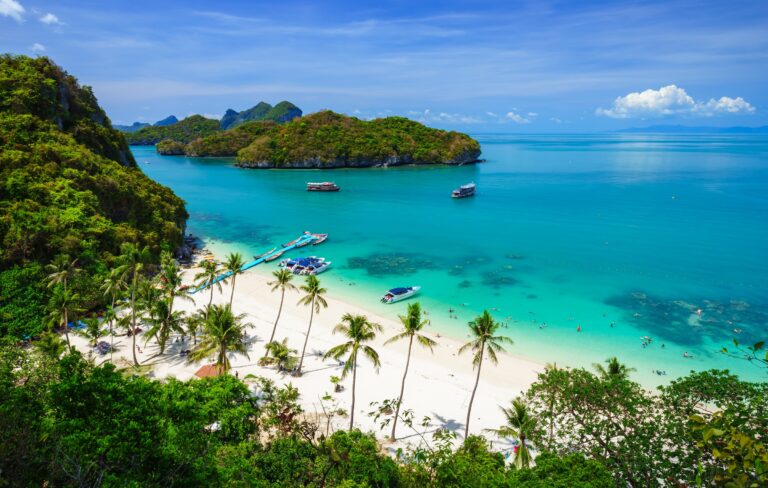The Fascinating History of the Democracy Monument in Bangkok
A Symbol of Freedom and Democracy
The Democracy Monument in Bangkok stands as a powerful symbol of Thailand’s struggle for freedom and democracy. Located in the heart of the city, this iconic monument holds significant historical and cultural value for the Thai people. Let’s delve into the intriguing history behind the creation of the Democracy Monument and its enduring importance.
The Birth of the Monument
The Democracy Monument was commissioned in 1939 to commemorate the Siamese Revolution of 1932, which marked the transition of Thailand from an absolute monarchy to a constitutional monarchy. The revolution, led by a group of progressive military officers and intellectuals, aimed to establish a democratic system in the country.
The monument was designed by the renowned Thai architect, Mew Aphaiwong, and features a central obelisk surrounded by four statues representing the principles of liberty, equality, fraternity, and democracy. The intricate details and symbolism of the monument reflect the ideals and aspirations of the Thai people for a free and democratic nation.
A Site of Political Protests
Throughout its history, the Democracy Monument has witnessed numerous political protests and demonstrations. It has become a gathering point for the Thai people to voice their opinions and demand political reforms. The monument has been a witness to both peaceful protests and more contentious events in Thailand’s political landscape.
One notable event in recent history was the pro-democracy protests in 2020, where thousands of people gathered at the Democracy Monument to call for political reform and greater government accountability. The monument has become a symbol of resistance and a rallying point for those advocating for democratic values.
Preserving Historical Significance
The Thai government recognizes the historical significance of the Democracy Monument and has taken steps to preserve and maintain it. The monument has undergone renovations and restorations over the years to ensure its longevity and to honor the sacrifices made by those who fought for democracy.
Visitors to Bangkok can explore the Democracy Monument and learn about its historical context at the nearby King Prajadhipok Museum. The museum provides a comprehensive overview of Thailand’s transition to a constitutional monarchy and the role of the monument in commemorating this significant event.
A Symbol of Hope and Unity
The Democracy Monument stands as a powerful symbol of hope and unity for the Thai people. It serves as a reminder of the progress made towards democracy and the ongoing struggle to uphold democratic principles. The monument continues to inspire generations of Thais to fight for their rights and to work towards a more inclusive and equitable society.
Key Takeaways:
- The Democracy Monument in Bangkok commemorates the Siamese Revolution of 1932.
- Designed by Mew Aphaiwong, the monument symbolizes liberty, equality, fraternity, and democracy.
- The monument has been a site of political protests and demonstrations throughout history.
- The Thai government has taken steps to preserve and maintain the historical significance of the monument.
- The Democracy Monument serves as a symbol of hope and unity for the Thai people.
Visit the Democracy Monument in Bangkok to witness firsthand the rich history and significance it holds for the Thai people. Experience the spirit of democracy and freedom that continues to resonate within the heart of the city.
FAQs
1. What is the significance of the Democracy Monument?
The Democracy Monument is a symbol of Thailand’s struggle for freedom and democracy. It commemorates the Siamese Revolution of 1932 and represents the ideals of liberty, equality, fraternity, and democracy.
2. Who designed the Democracy Monument?
The Democracy Monument was designed by the renowned Thai architect, Mew Aphaiwong.
3. Has the Democracy Monument been a site of protests?
Yes, the Democracy Monument has witnessed numerous political protests and demonstrations throughout history. It has become a gathering point for the Thai people to voice their opinions and demand political reforms.
4. How can visitors learn more about the Democracy Monument?
Visitors can explore the Democracy Monument and learn about its historical context at the nearby King Prajadhipok Museum. The museum provides a comprehensive overview of Thailand’s transition to a constitutional monarchy and the role of the monument in commemorating this significant event.
5. What does the Democracy Monument symbolize?
The Democracy Monument symbolizes hope, unity, and the ongoing struggle for democratic values in Thailand. It serves as a reminder of the progress made towards democracy and inspires generations to fight for their rights.
Immerse yourself in the rich history and symbolism of the Democracy Monument in Bangkok. Discover the stories of courage and resilience that have shaped Thailand’s journey towards democracy.

